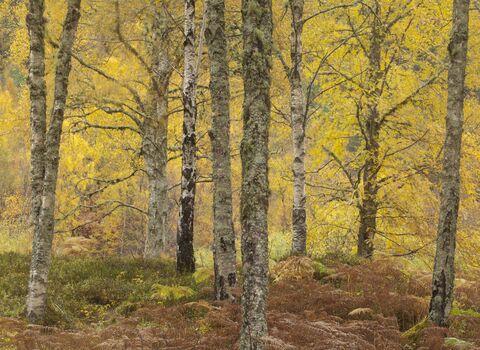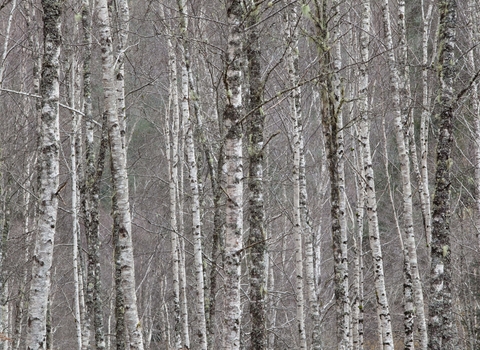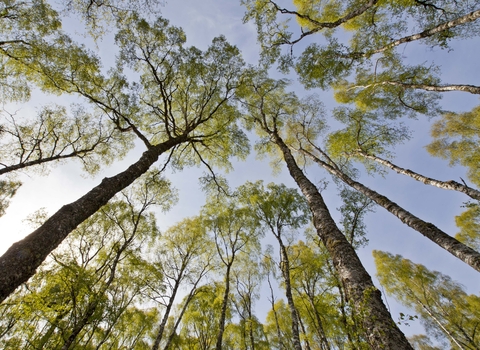
©Mark Hamblin/2020VISION

©Peter Cairns/2020VISION

©Mark Hamblin/2020VISION
Silver birch
A spindly tree of heathland and moorlands, and dry and sandy soils, the Silver birch is well known for its paper-thin, white bark. It is a great coloniser and can quickly spread in an area.
